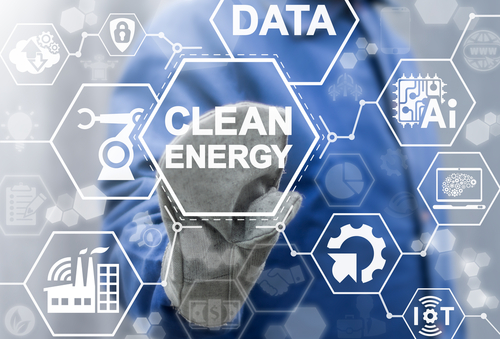NREL reports high-performance computing now supports more than 300 DOE clean energy projects

More than 300 key projects under the United States Department of Energy’s (DOE) research areas were made possible last year by advanced, high-performance computing (HPC), according to the latest Advanced Computing annual report from the National Renewable Energy Laboratory (NREL).
The report, released this week, showed a clear line for HPCs in every technology office under the Energy Efficiency and Renewable Energy (EERE) office, among others. This included support for more than 200 modeled scenarios that allowed researchers to investigate the trade-offs of various transmission buildouts during the initial stages of multiyear projects, allowing better recommendations for transmission expansion nationwide.
Currently, such projects are bolstered by a supercomputer named Eagle. In the fall, though, a new supercomputer named Kestrel is expected to enter service alongside Eagle and bring with it approximately 44 petaflops of computing power – or, put another way, 44 million-billion calculations per second. To add perspective, NREL stated that Kestrel will be capable of accelerating energy efficiency and renewable energy research at a scale over five times what Eagle can achieve. Kestrel will be installed at NREL’s Energy Systems Integration Facility (ESIF) data center.
In addition to being able to store more than five times what its predecessor could, Kestrel will also be able to process this data faster. In terms of networking, it will more than double what Eagle can achieve, providing 200 gigabytes per second of data speed. Further, it will be more efficient, providing 2.2 times more calculations per watt of energy.
So far, HPCs have helped with high-accuracy simulations of molecular dynamics to create a multiscale model guiding the manufacturing of high-pressure membranes for water desalination and offered up the solar, wind, and hydropower data sets needed in Puerto Rico to aid its path to fully renewable energy operations. With more power down the road, even more possibilities will likely open up.
